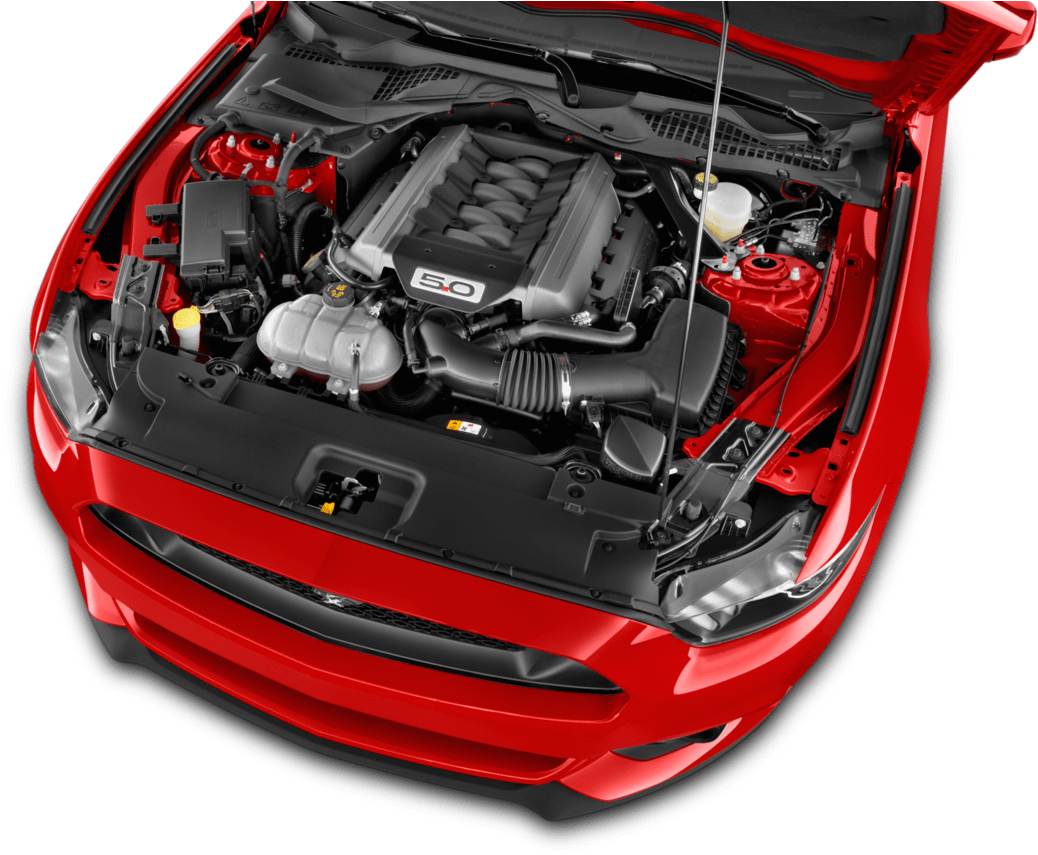Exploring the Inner Workings of a Compact Car's Engine System
As motorists, we commonly consider approved the complex procedures that take place within the boundaries of our lorry's engine system. The portable yet complicated machinery that moves us ahead is a wonder of engineering precision and control. From the regulated explosions in the combustion chamber to the precise timing of fuel injection, every part plays a critical duty in the smooth operation of the engine. In this exploration of a compact vehicle's engine system, we will certainly unwind the inner workings of this mechanical harmony, clarifying the mysteries that drive us ahead on our everyday journeys.
Burning Process Introduction
The combustion procedure in a compact automobile's engine system is a vital mechanism that successfully converts gas into power to power the vehicle. This process takes place within the burning chamber of the engine, where fuel and air mix, fire up, and generate controlled surges. The combustion procedure is composed of 4 main phases: consumption, exhaust, power, and compression.
Throughout the intake stage, the piston relocates downward, reeling in a combination of air and gas into the burning chamber. The next phase, compression, includes the piston moving up, compressing the air-fuel combination to increase its effectiveness. Consequently, in the power phase, the stimulate plug ignites the pressed mixture, causing a fast expansion of gases that requires the piston back down. This down activity produces the power required to drive the automobile. In the exhaust phase, the burnt gases are eliminated from the combustion chamber with the exhaust shutoff, preparing the chamber for the next cycle. This cyclic burning procedure is essential to the procedure of a portable lorry's engine system, making certain effective energy conversion for propulsion.
Piston and Cyndrical Tube Communication

The piston's exact fit within the cyndrical tube is necessary for keeping ideal compression and stopping energy loss throughout burning. Tight clearances between the piston and cylinder wall surfaces make sure reliable sealing, enabling the piston to relocate efficiently without enabling gases to leak past. Correct lubrication is also essential to lower rubbing and put on between these elements, improving longevity and efficiency.
In addition, the layout and products used in making the piston and cyndrical tube influence engine effectiveness and sturdiness. Modern engines frequently employ light-weight yet durable products like light weight aluminum alloys for pistons and cylinder linings to minimize inertia and enhance thermal effectiveness. In general, the unified interaction in between the piston and cylinder is basic to the engine's performance and total performance.
Gas Injection System Performance
Fuel shot systems in compact automobile engines play a crucial function in specifically providing gas to the combustion chamber for reliable and regulated ignition. The gas injection system works by infusing fuel into the burning chamber at the optimal moment throughout the engine's operation (opel corsa engine). This accurate timing makes certain that the fuel mixes equally with the air for proper combustion, causing enhanced gas performance and reduced discharges
There are largely two types of fuel injection systems utilized in small lorry have a peek at these guys engines: port fuel injection (PFI) and direct fuel shot (DFI) PFI systems infuse gas right into the consumption port prior to the consumption valve, while DFI systems inject gas directly right into the combustion chamber. Both systems have their benefits, with DFI using far better fuel atomization and PFI providing a more cost-effective option.
Comprehending Engine Air Conditioning Devices
Reliable operation check this of a small lorry's engine relies heavily on the efficiency of its cooling devices. The cooling system in a portable vehicle normally consists of several elements functioning together to control the engine temperature level. Understanding these engine cooling systems is essential for keeping the performance and durability of a portable lorry's engine system.

Exhaust System Parts Explained
The optimum performance of a compact car's engine cooling systems relies on a corresponding system known as the exhaust system, which comprises various necessary parts for making certain reliable emissions and engine efficiency. The exhaust system includes elements such as the exhaust manifold, catalytic converter, muffler, have a peek at this site and tailpipe. The exhaust manifold gathers exhaust gases from the engine's cylinders and routes them to the catalytic converter. The catalytic converter after that transforms dangerous pollutants in the exhaust into less dangerous discharges prior to releasing them with the muffler and tailpipe.
One important component of the exhaust system is the oxygen sensing unit, which keeps an eye on the oxygen levels in the exhaust gases to help manage gas consumption and ensure optimum engine performance. opel corsa engine. Additionally, the resonator might be present in some exhaust systems to reduce sound levels. Generally, the exhaust system plays an important role in keeping engine efficiency, reducing dangerous discharges, and ensuring a quieter driving experience for small lorry owners

Verdict
In final thought, the compact automobile's engine system is a complex combination of parts that collaborate to facilitate the combustion procedure, convert fuel right into power, and expel waste gases. Comprehending the internal workings of the engine system, including the piston and cyndrical tube communication, fuel injection system, engine cooling systems, and exhaust system parts, is important for keeping optimal performance and effectiveness of the lorry.
The combustion process in a compact lorry's engine system is an essential mechanism that efficiently converts fuel right into power to power the lorry.Gas shot systems in compact car engines play an important duty in specifically delivering fuel to the combustion chamber for reliable and controlled ignition.There are mainly two types of fuel injection systems utilized in small car engines: port gas shot (PFI) and straight gas injection (DFI) Comprehending these engine cooling systems is crucial for maintaining the performance and durability of a small vehicle's engine system.
The optimal performance of a portable lorry's engine cooling systems depends on a complementary system understood as the exhaust system, which comprises various essential components for ensuring reliable discharges and engine performance.